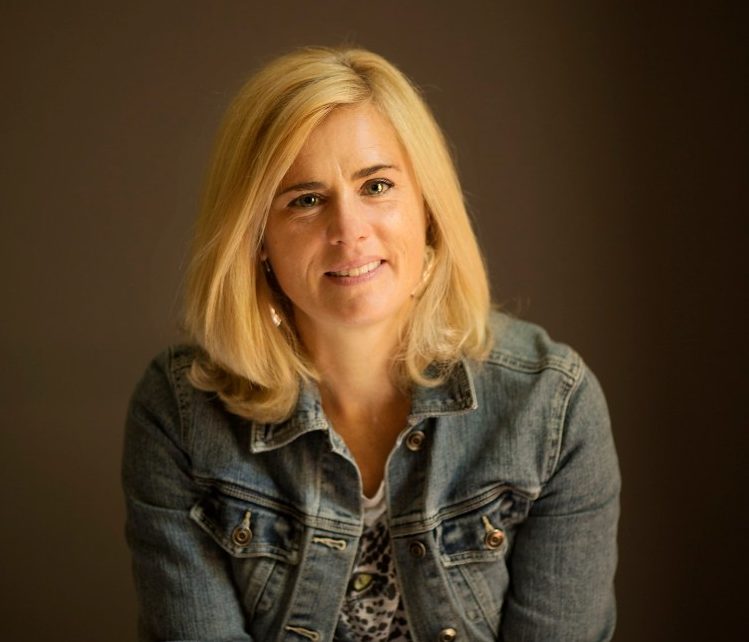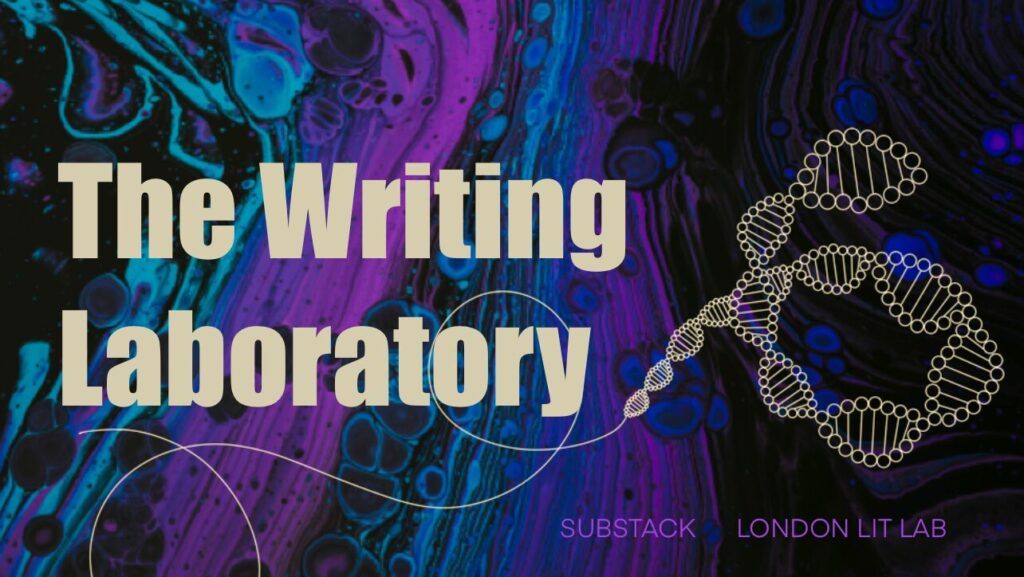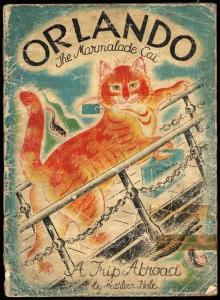
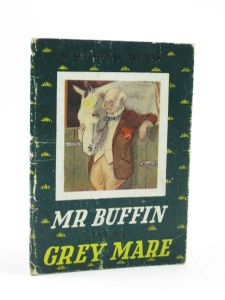
Were you a big reader as a child?
I was voracious! (And I loved words like “voracious”.) I started learning to read with the Ladybird reading schemes, following Peter and Jane’s postwar life with bafflement and wondering why Peter got to do all the fun things while Jane had to shop and bake with Mummy. I also had a lot of stories read to me, which I think is just as important as learning to read alone. My dad would come home in time for a bedtime story every night and he would read from his old favourites: Orlando the Marmalade Cat, Mr Buffin, Beatrix Potter, The Wind in the Willows. He always “did the voices” and I am sure that his wonderful storytelling is in part why I grew to become a storyteller myself.

Who was your favourite author?
I went through phases. I adored Roald Dahl and gobbled up all his books. By the time I was ten I was reading his Tales of the Unexpected and The Wonderful Story of Henry Sugar. I was lucky enough to meet him around this time as I was a member of the Puffin Club, and Kaye Webb, the publisher of Puffin Books, arranged a convention in Kensington in London so that readers could meet their favourite authors. I got Roald Dahl’s autograph! I still show it to kids when I give author talks in schools today. I also loved Joan Aiken’s books and met her on the same day. I went on to devour the Chronicles of Narnia by C S Lewis, and have read and re-read those books so many times I have lost count.
Did you have a favourite place in the house where you liked to read?
My favourite place as a child was in my bedroom with my back against the radiator as I used to get very cold while I was reading. I could also squish myself into a corner to make myself as small as possible so that if Mum came in to look for me she often didn’t see me, and so I could carry on reading in peace.
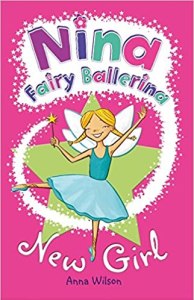
Tell us about the book that changed your life
The children’s book that really changed the course of my life was the first full-length chapter book I wrote myself. It was called Nina, Fairy Ballerina: New Girl and was about a fairy who is desperate to go to the Fairy Academy of Performing Arts to learn to be a ballerina. The book did well enough for the publishers to ask me to write nine more in the series and from that point on my writing career was launched.
What three things do children like to find in books?
The most important thing, I think, is that children like to find themselves in a book. I don’t necessarily mean this literally, although there is a lot of important discussion about the need for diversity in children’s literature so that children really do see characters who are just like them in stories. I mean more that a child needs to see something of themselves in the situations or characteristics they are reading about. For example, they might read Watership Down and see themselves in Hazel – a reluctant leader and big brother figure who worries about their younger sibling and the welfare of their friends and who learns to be bold and courageous. Or they might read The Secret Garden and see themselves in Mary – a heartbroken, lonely child who displays her grief in anger until she finds a friend who understands her. You don’t have to read contemporary stories peopled with real humans in order to see yourself.
The second thing is that children like adventure. Again, this needn’t be of the obvious kind with time travel or battles or fantasy quests or aliens, etc. Adventure can happen on a suburban street if you are Adrian Mole or Clarice Bean. Children like a puzzle and a bit of a mystery – these are the things that keep them reading on with the torch under the cover after lights out, or begging for you to read another chapter before you say goodnight.
The third thing is plausibility. Children are so much wiser than adults realise. They know that a book needs to contain a complete world in which all the rules of that world make perfect sense. If a writer throws something into a plot or setting just because they fancy it, children will pick up on this. They are instinctive storytellers. They have a natural understanding of the things that, as adults, we often have to relearn, such as character motivation and agency. If a character is doing something with no purpose or reason or seems too passive, a child will spot that and get bored. Or if there is a long rambling bit of descriptive writing just because the writer fancies describing camping in the New Forest, the child reader will yawn, skip the pages or, at the very worst, drop the book completely.
The most important thing to bear in mind when writing for children is that they are a lot cleverer than adults. Never talk down to them, never over-explain or lecture. If you want to write believable child characters, listen to how real children move, talk and behave. And then go and read the things they are reading. Immerse yourself in their world. It was yours too, once upon a time…

